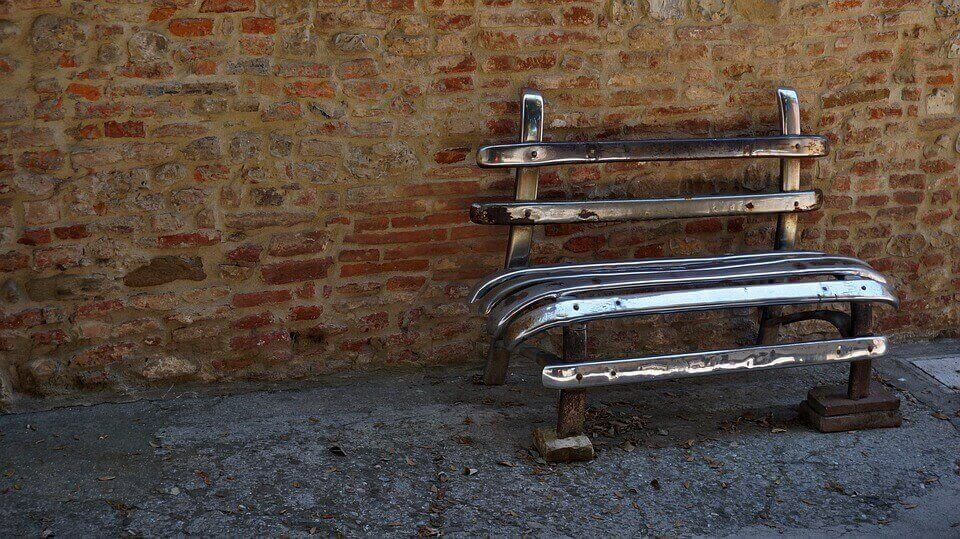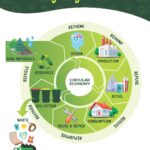The Art of Up-Cycling

As there are more and more people out there who are conscious about the environment and the impact of our waste, there are more people who are looking for ways to reduce their household rubbish. There are all sorts of trends that have popped up because of this, such as zero-waste living or minimalism. Although these are noble causes, most people are looking for things that they can easily implement into their already busy lives. One thing that most people have heard of is recycling.
Recycling involves the disposal of items that can be converted into something else into a recycling bin. From there, these items are sorted out at a recovery facility and are then processed into usable materials. These materials can then be used by manufacturing companies to make things such as glass, paper, or plastic. While this is all well and good, there are many common household items that cannot be made into something else and so cannot be recycled.
Some examples of these items include:
- coffee cups
- Tissues
- soft plastics such as bags, drinking straws, packaging
It is a good idea for people to educate themselves on these items and try to reduce purchasing them as much as possible. But another great thing that people can do is up-cycle.
What exactly is up-cycling?
Up-cycling is a term that describes transforming an item into something else that is useful. For example, if someone was looking to throw away a jar, they could decorate that jar with their kids and then store their paint brushes in it. There are many clever people out there who have even taken raw materials such as wood or metal items to make art out of them.
Some great examples of upcycling include:
- Using old bicycle wheels to act as a base for a table
- Repurposing old car tyres to grow potatoes in
- Finding magazine pages to put into picture frames.
The sky is limit when it comes to up-cycling and many people will love the fact that they can be so inventive and creative when partaking in this activity. The great news is that as it is growing in popularity, there are plenty of ideas that can be found online and that can be easily implemented at little or no cost.
Can up-cycling really help the environment?
Research has shown that the average Australian produces 1.5 tonnes of waste in just one year. Much of this waste is avoidable such as plastic packaging and food waste. As this is the case, it can be concluded that households can partake in simple actions such as recycling or up-cycling to reduce the load that they are putting into landfill. This can not only be a fun thing to do with family members and friends but it can also create a ripple effect which may lead to others thinking about how much waste they are creating in their own homes.
Up-cycling can turn into a great hobby (or even a business) for many and people can feel good about the fact that they are reducing their carbon footprint. In conclusion, there are small things that we can do that can not only help the environment but that can make us feel good too.
Related Posts

Published: December 15, 2023
The Right To Repair Movement Is Alive And Well In Mullumbimby!
Read more
Published: November 29, 2023
Embracing the Circular Economy: A Comprehensive Guide to the 7Rs
Read more
Published: October 17, 2023